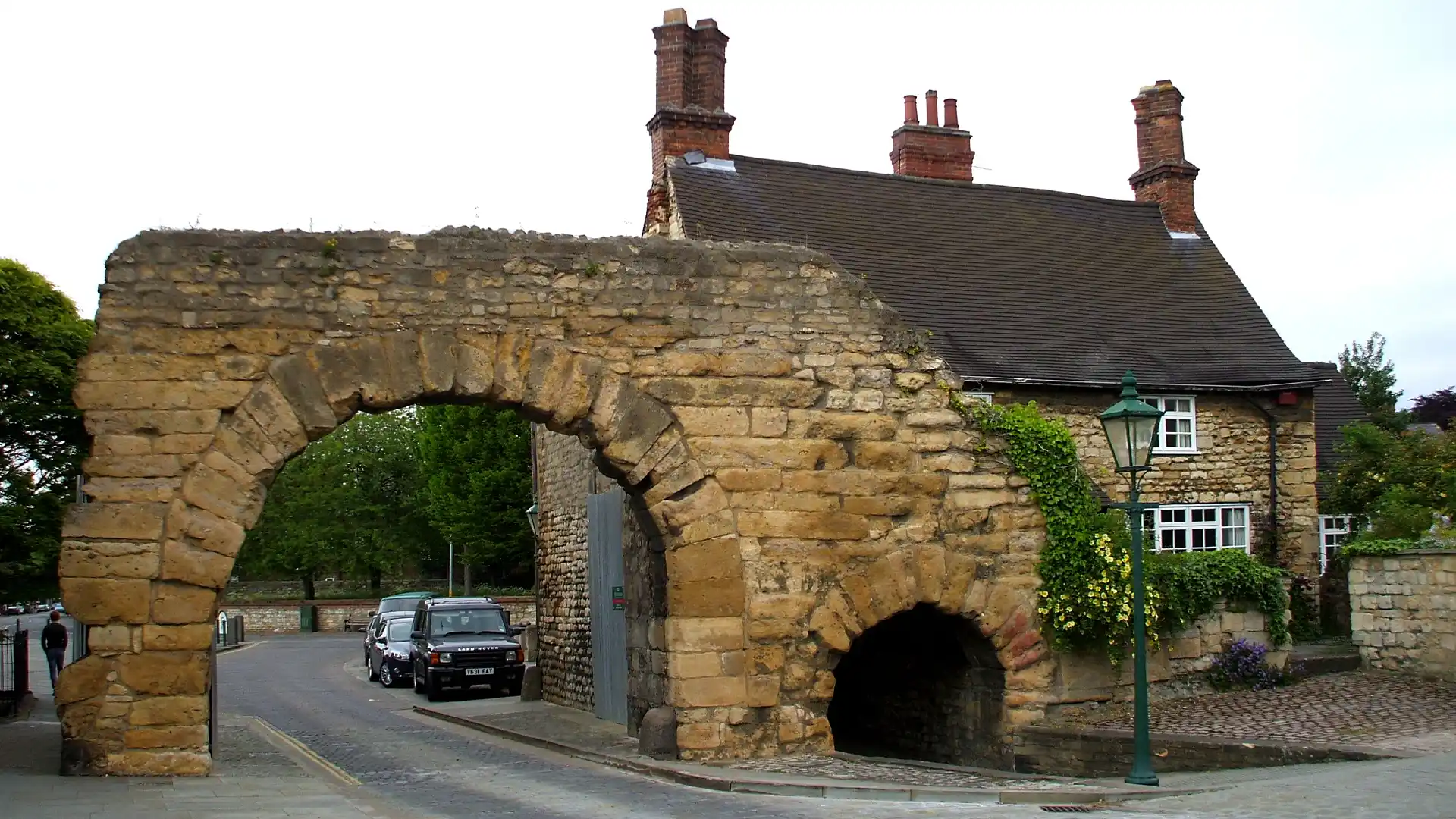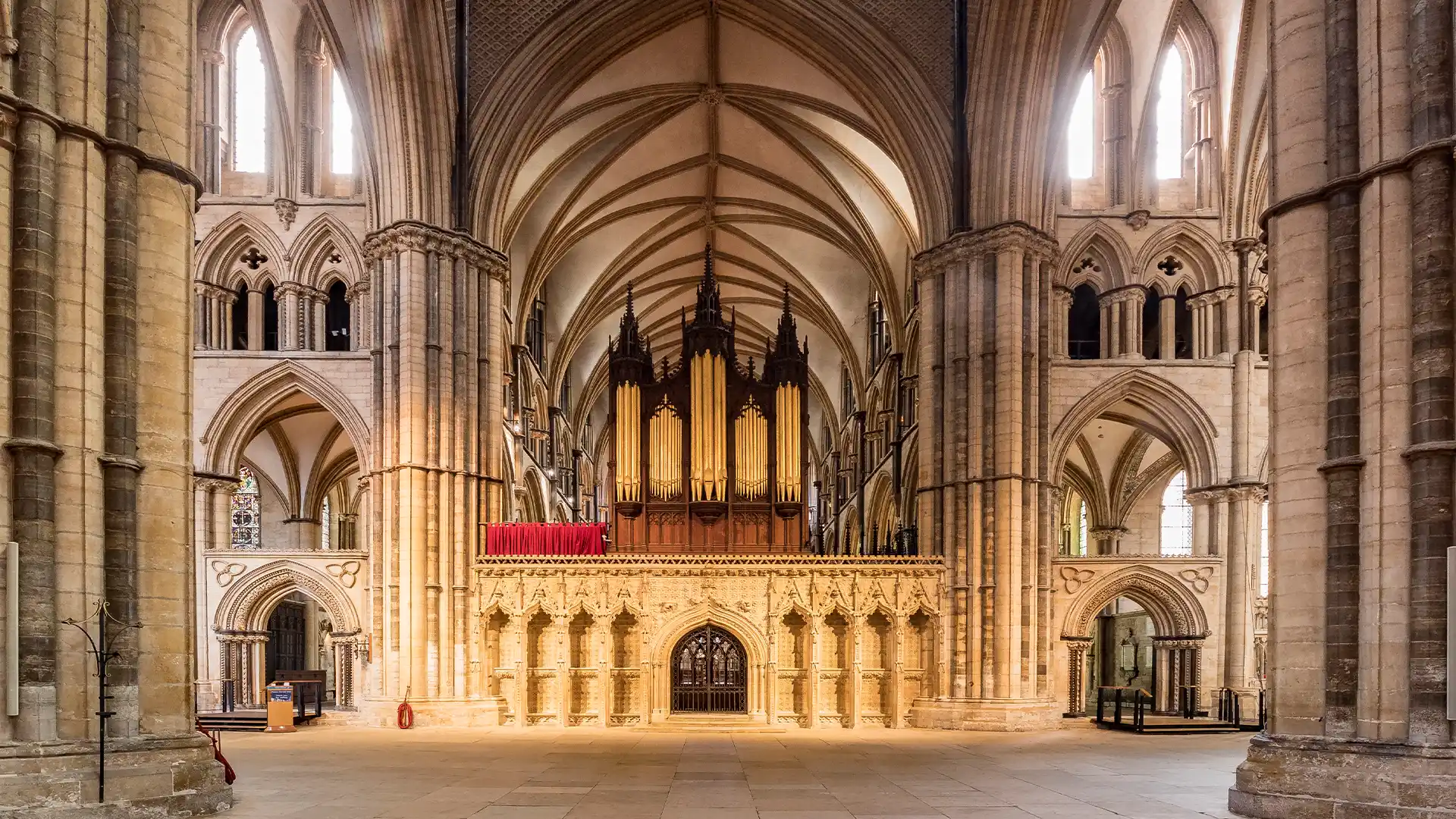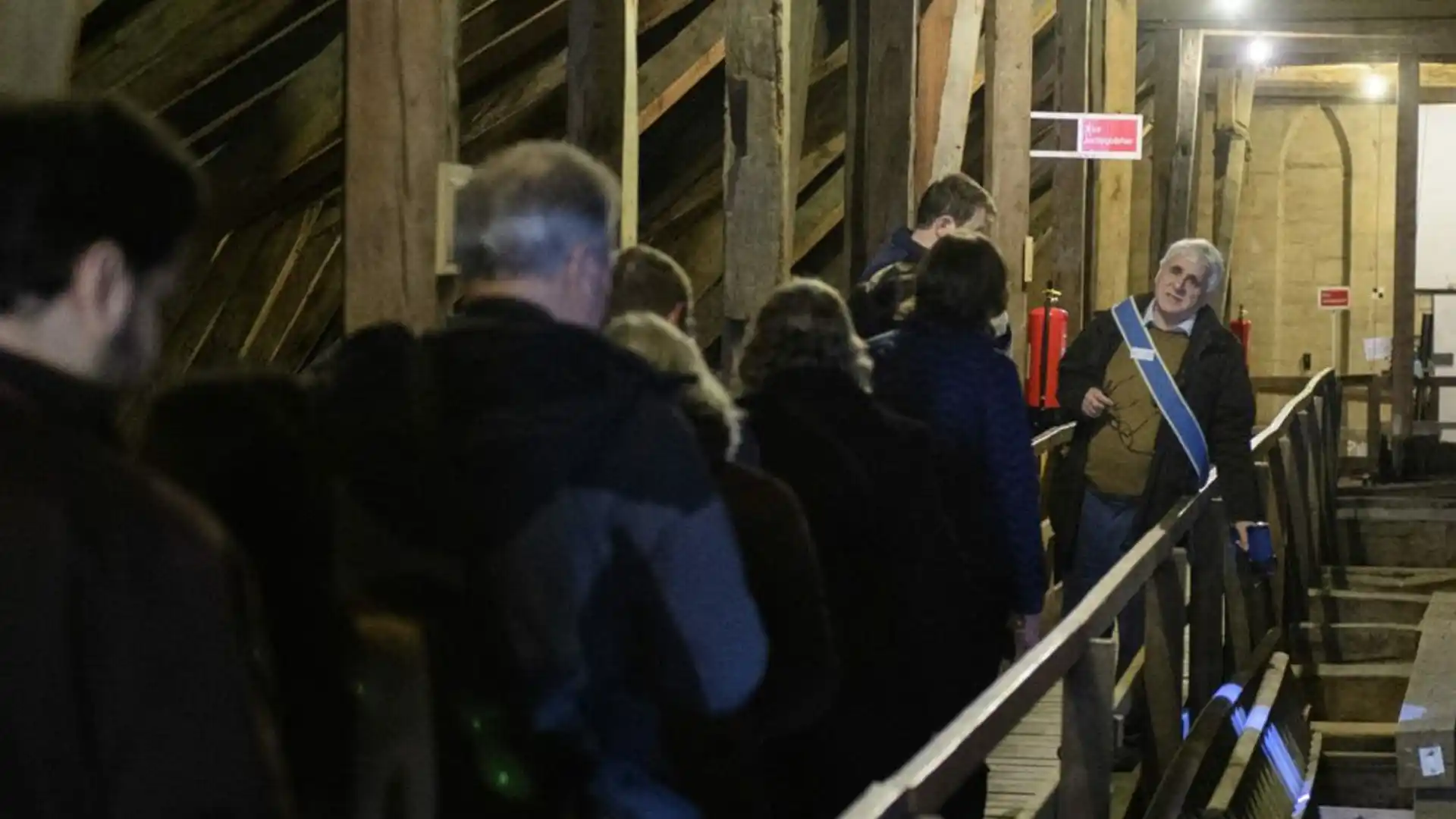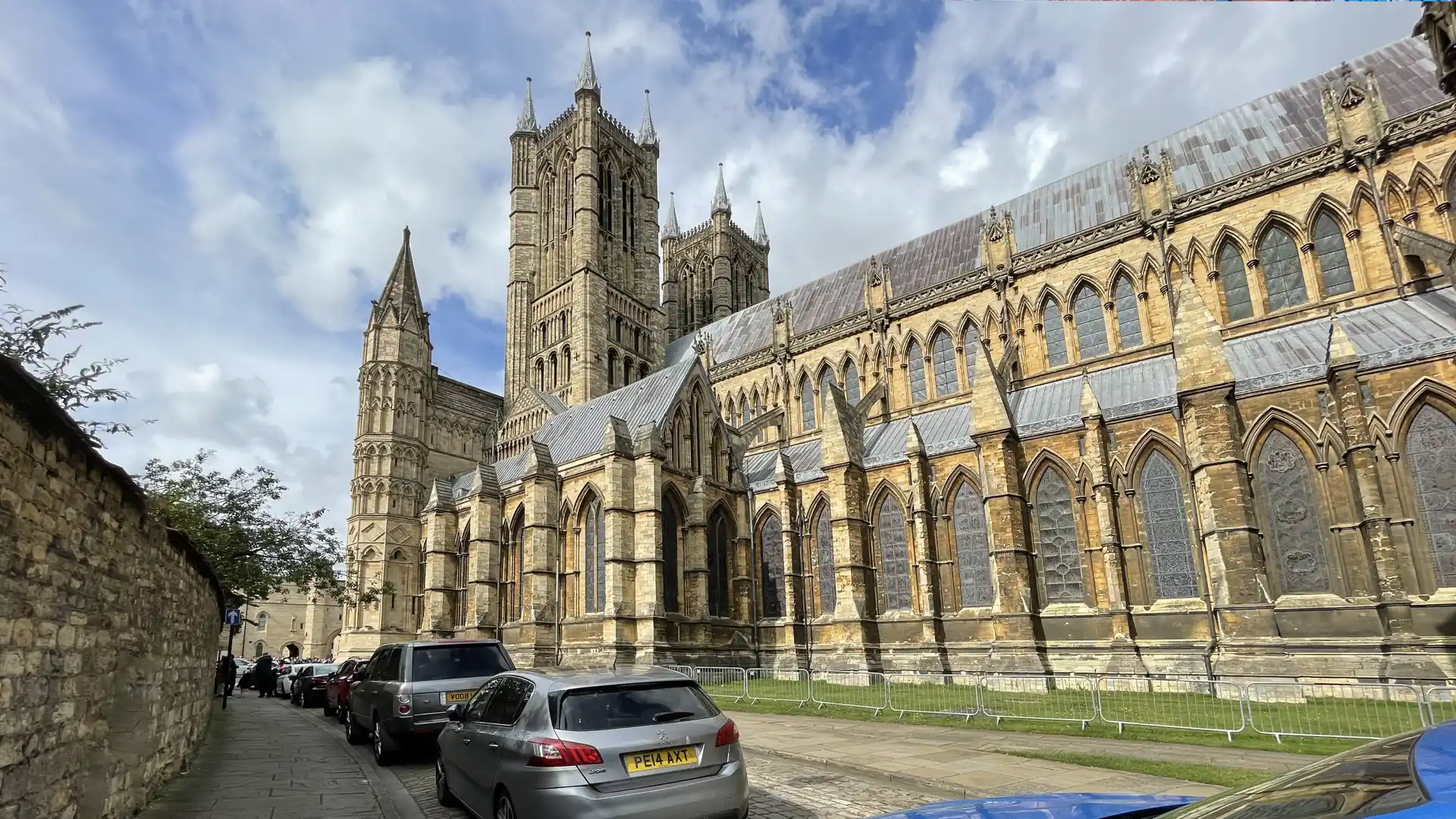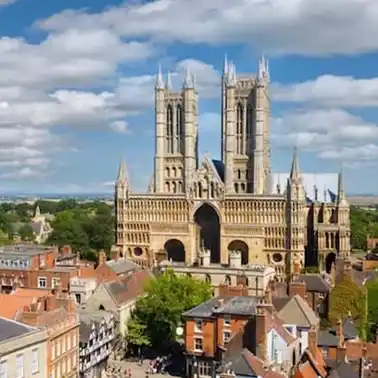Lincolnshire was a Roman-occupied county for over three centuries. They built many forts during their stay, including at Ancaster, Caistor, Louth, Stamford and Tattershall.
The city of Lincoln, known as Lindum Colonia, became one of most important Roman garrison towns in England and, after York, was the second most northerly Roman outpost in England. It was awarded the prestigious status of being a Colonia (a settlement for retired Roman soldiers) and soon became a hub of political and cultural activities. A huge Roman Forum occupied much of what is now the Bailgate area of the city. You can still see markers depicting the exact location of the forum’s impressive colonnade. Lincoln also has one of the country’s largest surviving non-defensive Roman Walls (Mint Wall) and the only Roman Arch that is still open to traffic (Newport Arch).
Roman Transport
Roads
Two of England’s two most important Roman roads passed through Lincolnshire and connected with each other in Lincoln/Lindum Colonia.
Ermine Street, from London to York, stretched from Great Casterton/Stamford in the south of the county, to Winteringham on the banks of the Humber. Although little is left of the original Ermine Street, you can still see the famous straight line taken by all Roman roads on stretches of the A15 between Lincoln and Brigg, and the B6403 between Colsterworth and Ancaster. Lincoln’s very long High Street is part of Ermine Street.
Fosse Way connected Lincoln with Exeter. Today’s A46 follows the route that Fosse Way took as it headed south-west across the country.
Canals
As with Ermine Street and Fosse Way, the Romans built canals that traversed from north to south, and east to west, across Lincolnshire.
The Fosse Dyke Canal was built to link Lincoln with the Rivers Trent and Humber, and subsequently to the North Sea. The Fosse Dyke Canal joins the River Trent at Torksey Lock.
The Car Dyke runs from the River Witham near Lincoln to the River Cam near Cambridge (and from there, across the Fenlands to the Wash).
Want to read more about Roman Lincolnshire? Try these:

